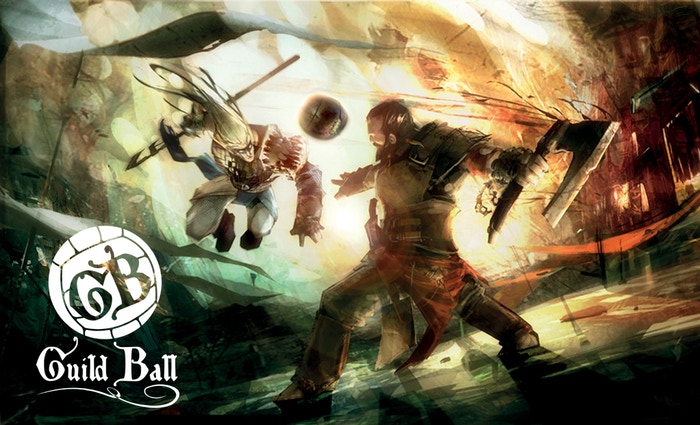As much as we love pushing our armies around the table sometimes we need a break. Whether its a quick game between rounds or an all day main event, the Goonhammer team can often be found pushing chits, cubes, and cards around a board game. Boardhammer will bring you periodic reviews and articles from the land of hobby board games and wargames not called Warhammer.
Have you been stuck inside for months? Missing your favourite sports team? You are not alone. Many of us have been in isolation for weeks, if not months on end trying to combat this damn virus. Everyone is looking for new hobbies and trying to fill time; why not learn to paint some beautiful models and get your sports fix in as well? Guild Ball, from Steamforged Games, is here for you. I will be taking you on a journey from your first webstore visit to your ascension to the top tables over the course of this series.
When I look to start a new game–whether it be tabletop miniature or arena style online gaming—I am looking for a competitive engrossing experience that offers me the ability to tailor to my style of play. Guild ball definitely provides me with that. it is a sports based war-game that revolves around scoring goals and taking out your opponents players. Position and movement is rewarding and extremely meaningful and the added resource management side of this game takes its depth to another level. The game and lore is continually updated through the use of a seasons system. This keeps the game fresh and continually evolving which is neccessary for a game to thrive. The game is currently in its 4th season.
The Kick Off! Box Set

The Kick Off is guild ball’s version of a starter box set and comes with everything you will need to play. It will start you off with 2 guilds, the brewers guild and the mason guild and all the cards that go a long with them. These will allow you and a friend to play games right out of the box together. You will almost certainly want to look at adding guild specific box sets to give yourself more options to be more competitive on the pitch. What strikes me as amazing is that you need a minimal investment to get right onto the table.
[Editor’s Note: Kick Off is truly one of the best miniature game starter sets on the market. The value instruction and tutorial are excellent and the value is incredible. In addition to the teams, you get a double-sided full size pitch and all the measuring tools and tokens.]
Steamforged also offers the core rulebook, the player cards, and all of the tokens and measuring tools for FREE in PDF form online. Speaking of cards, lets dive into it:
Understanding the Profile card
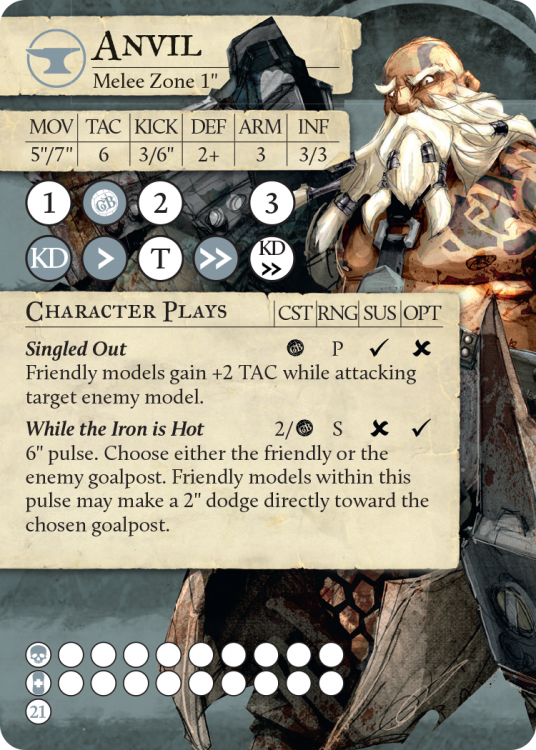
The card has a ton of information on it and it can feel a bit overwhelming at first but it starts to fall in place pretty quickly. The top left line is the players specific stats which are Movement, Tactical Ability, Ball skills, Defence, Armour, and Influence. These are your basic starting points for understanding what your character is geared towards, not much new here. The cluster of circles in the bottom left of the card goes along with this, as this line is how many Health points your character has and what your recovery level is when you come back into the game after getting taken out. The middle left has your character plays: There are 3 types of plays character plays, heroic plays and legendary plays. Character plays being the most common and heroic/legendary being much rarer. The specific example Anvil has a character play that allows him to single out an enemy model so that his team can get extra attacks verses that model.
What makes combat in Guild Ball unique is the stacked column of circles just underneath the player stats, known as the Playbook. Anvil has 6 columns. Combat is resolved by creating a pool of dice. You start with your TAC value and add or subtract based on auras, nearby models, and other game effects. After rolling, you count how many success you have and the total number increases your options. If you only have 1 success you can pick a single result from the first column. In Anvil’s case it’s 1 damage or KD (Knock Down). With 3 successes, you can pick any 1 resolution from the first 3 columns. However, if you manage more successes than there are columns then you wrap around and can choose additional options.
Instead of simply resolving a roll and counting numbers your roll serves up a, well, Playbook of options. Dice become an engine for tactical decision making, not simply an RNG to provide damage variance. In short, it’s awesome. Players with a low number of columns can be loaded up with boosts and turn into blenders. If you pick up Kick Off you can tool up the Brewer’s mascot, a drunk tabby cat, into an absolute menace.
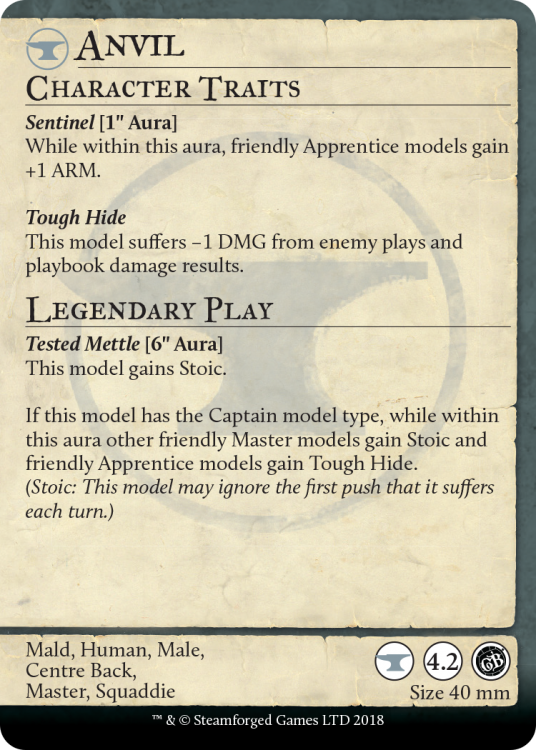
The right side of the card has your traits, base size, keywords and guild which are pretty self explanatory. It also has your legendary play on it Having cards at your disposal to do house keeping such as remaining HP and clear indicators of when and how your plays work is extremely helpful and time saving. The fact that these come in PDF form for free, again I can’t say this enough: IS AMAZING.
Understanding the game plan card

At the start of every game you deal out 7 game plans to each player which are kept secret. Players then discard 2 and keep 5. Each season has new game plans which are necessary to play the game; luckily these are sub 20$, which again is a great price point that won’t drive its player base up the wall considering season change every couple years. The cards are have a number of different conditions and goals such as gaining abilities when your models are on the enemy half of the table. The blue number is referring to your initiative pool while the yellow is referring to your influence pool.
The Guilds
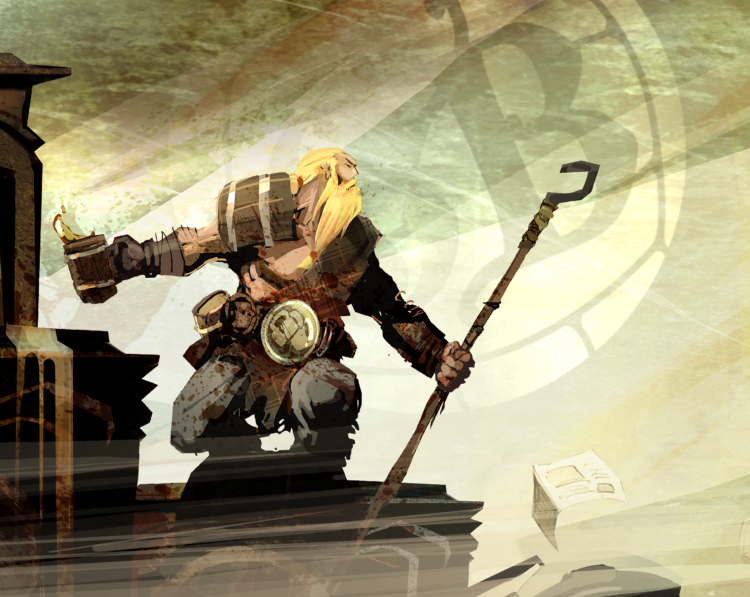
Guild Ball guilds are where this game takes a really fascinating turn. There are 2 different types of guilds: the Major and the Minor guilds. Major have more options available to them while the minor are more limiting on who and what you can bring. Minor guilds have an associated Major guild that they can pull their players from. There are 18 total guilds (11 major and 7 minor) to choose from, they range in style from extremely aggressive to ultra durable. Some will be better at scoring while others focus on taking out enemy characters. In the end, no matter how you want to play, there seems to be a guild and a team line-up for you.
The Major Guilds
THE ALCHEMIST’S GUILD
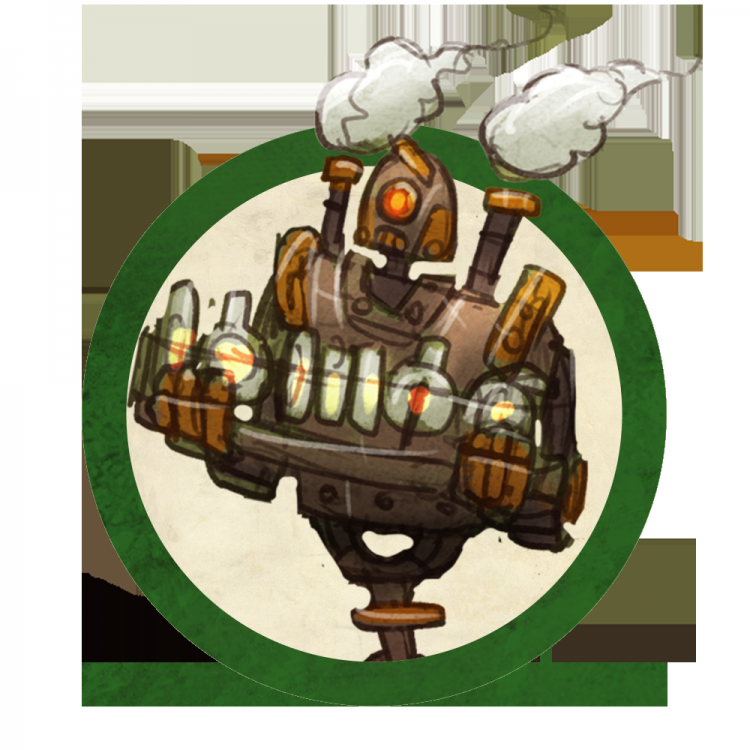
The Alchemist’s are a fast moving, hard hitting conditions based team that really punish enemy teams early on in the game. They use a ton of AOE (Area Of Effect) abilities to dictate where players can and can not go and they focus on using their speed to get a quick jump on their competition. They are not, however, looking for a prolonged bar room brawl as they tend to be on the glass cannon side of things. Resource management and pitch control will be the determining factor in your ability to succeed with this guild.
THE BLACKSMITH’S GUILD

The blacksmith’s guild is a unique one, in that it does not follow the standard line-up structure. With the blacksmith’s you have the guild split evenly between masters and apprentices. Any master can take charge and be the team captain for any game. These masters are heavily armored while the apprentices are lightly armored fast moving soon-to-be monsters. This guild is adaptive and can feel drastically different depending on the match-up you are facing. The guild will reward proper line-up selection and proper use of timing and buff management. There are several combos that can be stacked up on someone to make them into an absolute nightmare for your opponent, however this takes time and leaves them open to early turn aggression from opponents.
THE BREWER’S GUILD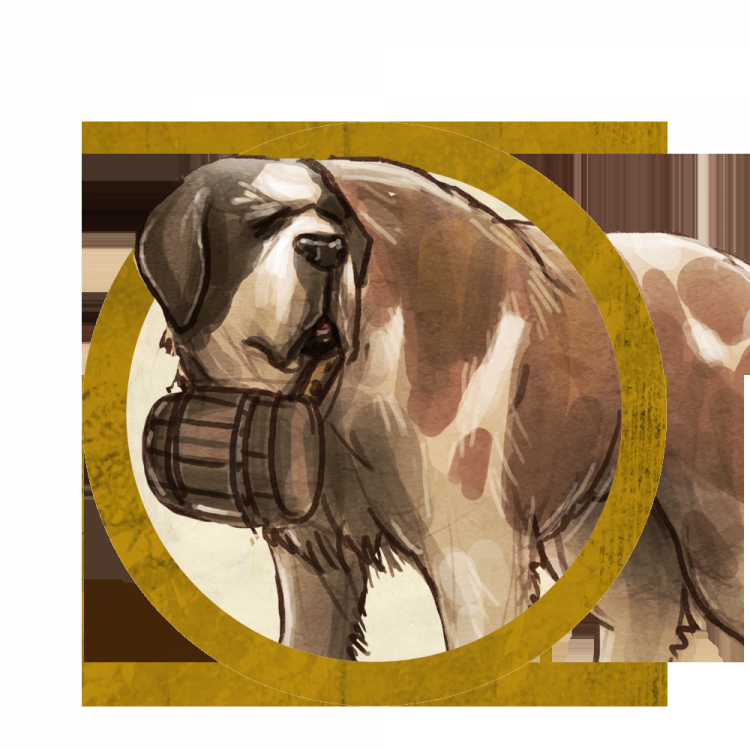
The brewer’s guild, if you have not guessed it, is a brawler type guild. They thrive in the Tasmanian style bar-room brawls. They want to fight, they want to hit and get hit. Their play-style probably lends itself more towards a newer player as you have a lot of health to play with and minor mistakes might not just have your characters drop dead. This is not to say that an experienced player won’t want to play them as well, the guild is ultra tanky and plays towards the mid to late game. They are more-so focused on weathering the storm early, grinding and then late game taking out characters, and controlling the board with their long range fire-power and knockdowns/pushes. Its a play style that will speak to a lot of people i’m guessing.
THE BUTCHER’S GUILD
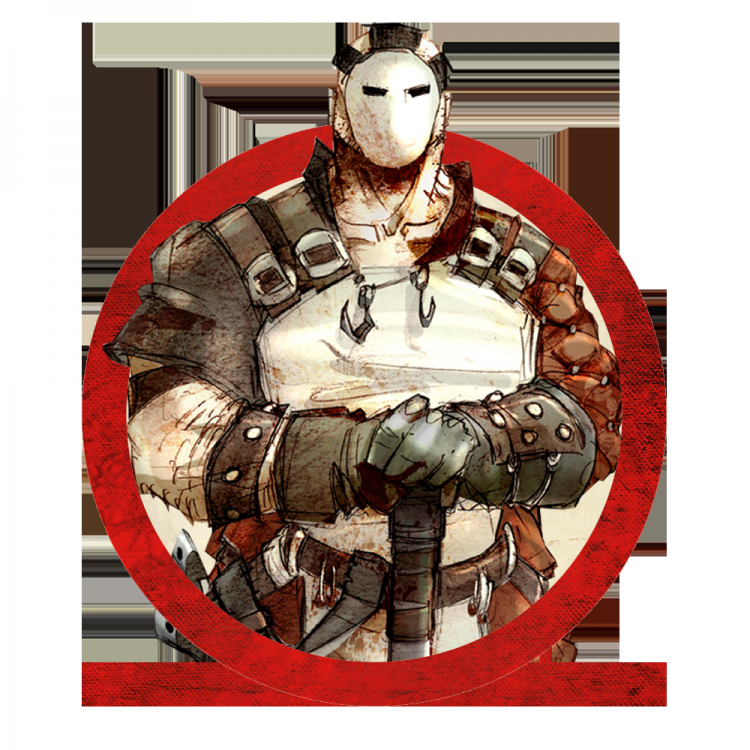
The butcher’s guild is singular in its focus. They want death and they want it now. The guild is entirely focused on maximizing damage output through resource management and combat. They are looking to buff and debuff, then go in for the kill. Very straight forward guild with a very straight forward play-style.
THE ENGINEER’S GUILD
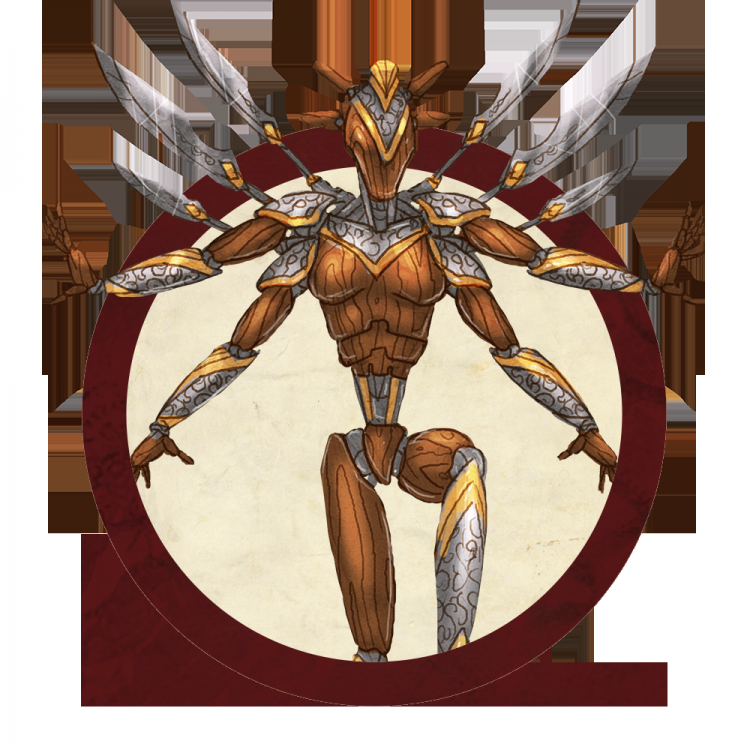
The Engineer’s guild are your long range board control guild. They use many different abilities and attacks at long range to chip away at enemy characters health, meanwhile they position themselves to control and dictate the games pace. This guild is incredibly accurate with passing and kicks making their play-style lean more towards goal scoring. They are looking to frustrate teams early and overwhelm them with ball skills mid game.
THE FARMER’S GUILD
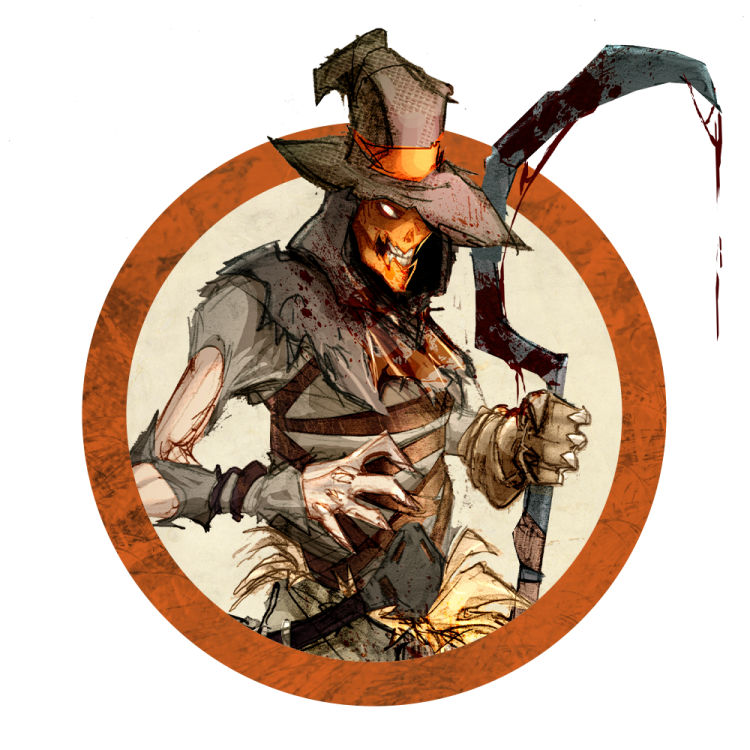
The Farmer’s guild is your classic underdog story with its hodgepodge of players that started on the bottom and have their eyes set on the top. The farmer’s guild has a mechanic that is unique to them which is a harvest marker. A harvest marker is a marker that can be placed by planters, it gives off incredible buffs to harvesters when they pick them up, it can also generate influence for the team. These markers are extremely powerful when used efficiently; the farmer’s guild is all about resource management. Their super reliable damage allows them to be strong in all phases of the game early, mid, and late which has a lot to do with why you see them excelling on the pitch right now. A very rewarding guild to use if you like to think 2-3 steps ahead.
THE FISHERMAN’S GUILD
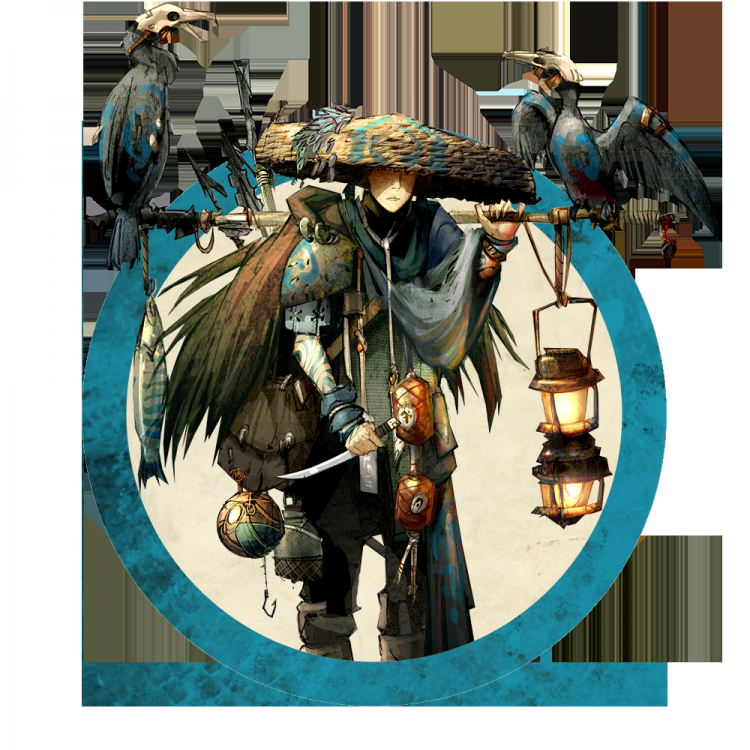
The Fisherman’s guild is the ying to the butcher’s guild yang. This guild is completely focused on goal scoring as opposed to murdering enemies. They use speed and positioning to get ahead early and try to hang on late. The guild doesn’t have much in the way of defense so they have to be extremely good with position and creating space. If you are in this sports based war game for the sport aspect, this guild will speak to you.
THE HUNTER’S GUILD
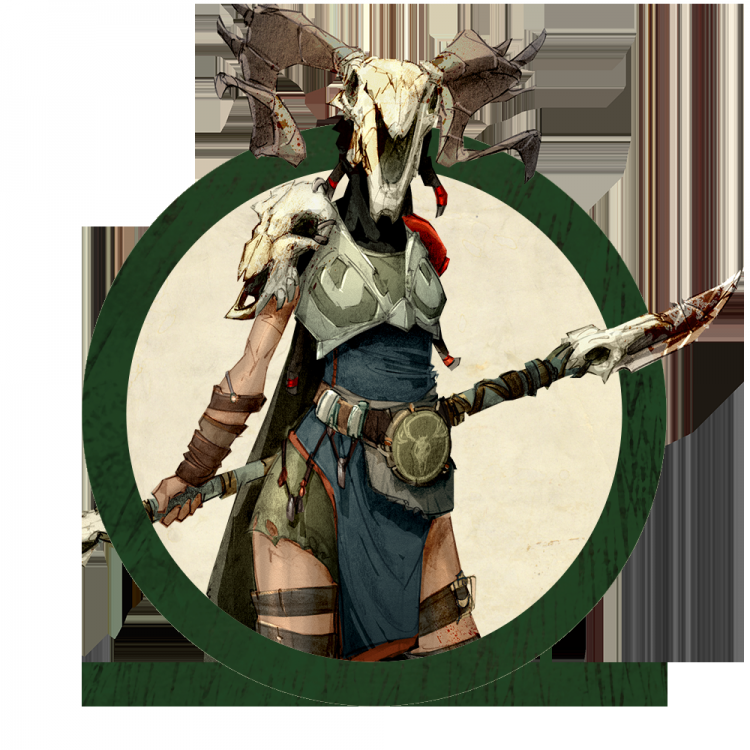
The Hunter’s guild is focused on enemy take outs by using their ranged attacks to weaken up targets before going in for the kill. They have a unique ability to lay traps on the pitch that can dictate where and how the game is played, they can also keep themselves safe using these traps. The guild excels at control by using its speed and traps. Not really a team that plays the scoring game well, they would rather just kill everyone through constant damage output. If you like frustrating your opponent and playing a cagey game of hit and run, this guild might speak to you.
THE MASON’S GUILD
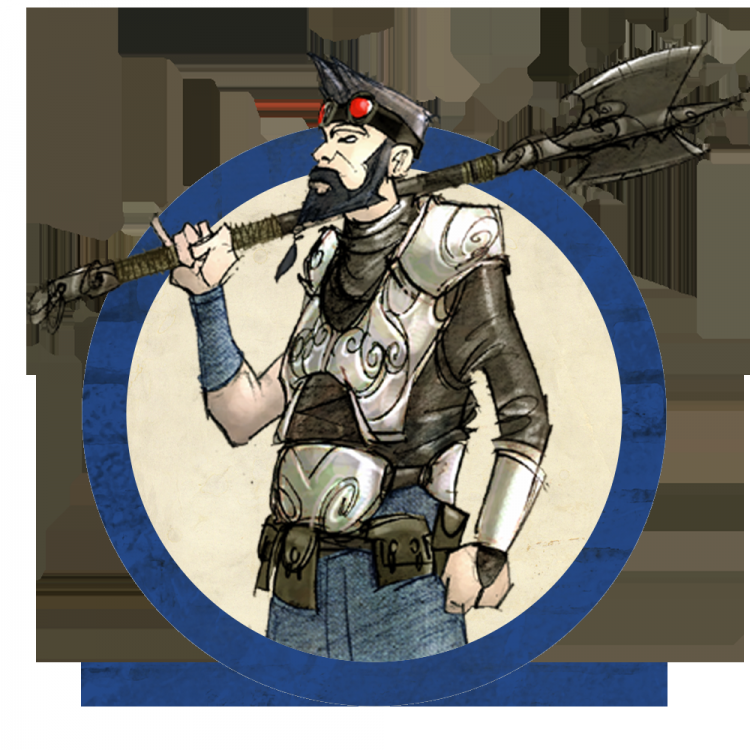
The Mason’s guild is a well balanced guild that excels at every phase and no phase at the same time. This is the guild for a player who see’s the game turns ahead of time, someone who can find the correct combos and implement them at the right time. Picking your team and planning ahead will be critical for the Mason’s, the guild is extremely flexible and has the tools to address all enemies, its up to you to properly choose and play them. Are you up to the challenge?
THE MORTICIAN’S GUILD
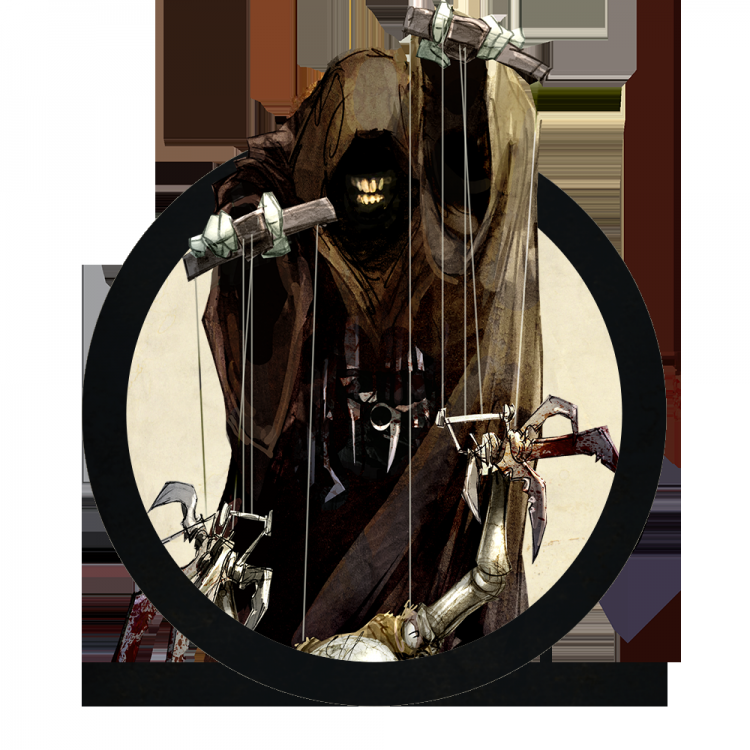
The Mortician’s guild is the control guild in the Free cities. They employ a vast array of abilities that revolve around position and repositioning, both friendly and enemy models. All of the models have some sort of ability that will annoy, frustrate, weaken, confuse or redirect the opposing coach, there’s no guild that has the same level of deception and tricks available to them. The mortician’s come on strong mid game and never let go, truly a cagey, passive aggressive play style, this one speaks to me most, I am in love.
THE UNION
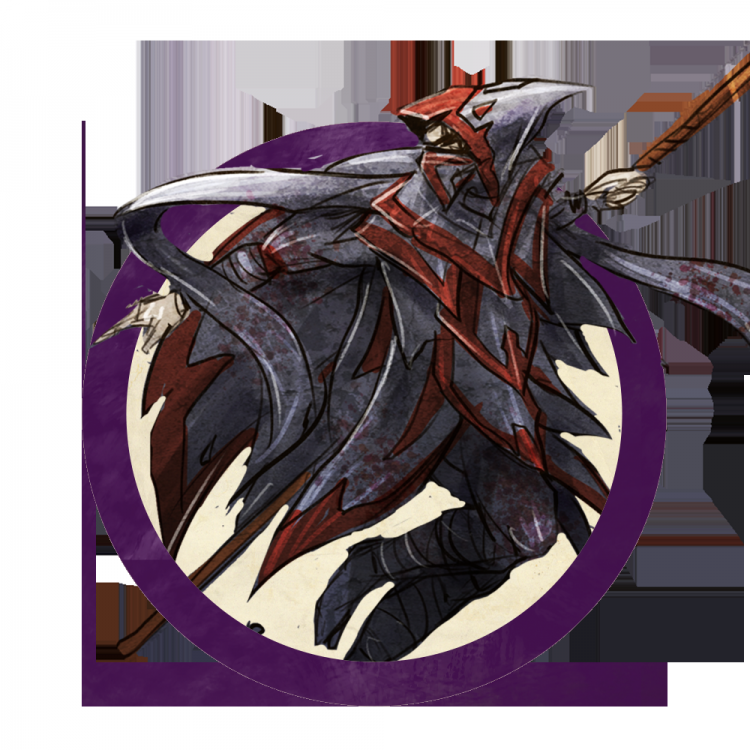
The Union are a team of assassin’s that are highly skilled at their very specific craft. The guild is made up of many different types of highly skilled individuals and individuals they are, it is represented in the play style of this guild. There is almost no buffing or combo’s, each model is out there to do a job, they know the job, do you? The premier team design guild in the game, what I mean by this is that with the correct line-up of players placed in the correct positions against a very specific enemy, this guild will feel like a well oiled killing machine. If you choose incorrectly and place them in the wrong positions on the pitch and have them do a job they were not designed for, failure is in your future. This guild more-so than any other punishes you for designing your line-up incorrectly.
The Minor Guilds
THE RATCATCHER’S GUILD
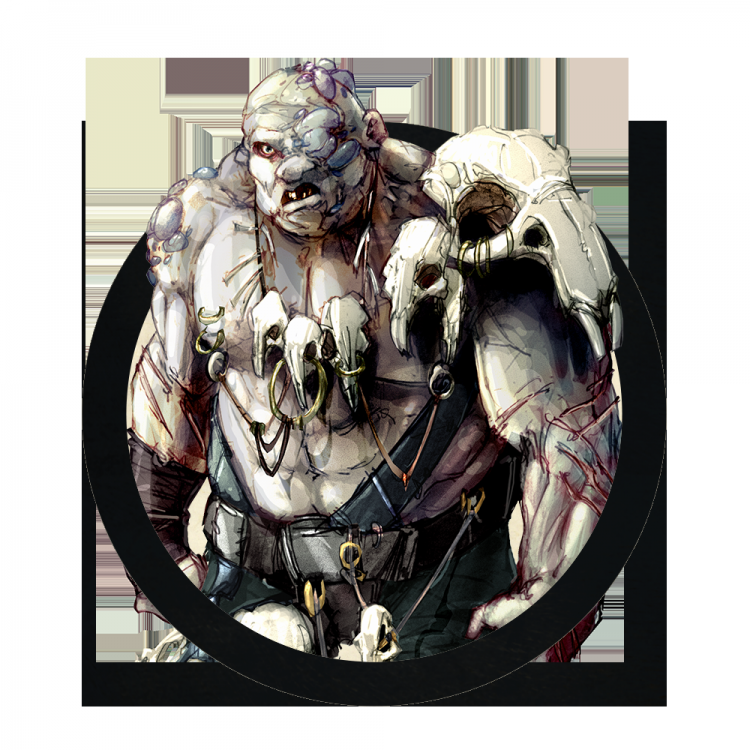
Major guild: The Mortician’s
The Ratcatcher’s guild is much like their major counterpart, they are focused on control and spreading chaos around the pitch. The ratcatcher’s focus on the ball and scoring goals all the while using their unique poison mechanic which slows the rate at which enemy models heal. This ability allows the ratcatcher’s to really come into their own once the mid game rolls around, they are a guild that puts your opponents coach to the test, constantly forcing them to make decisions that have no real good results either way. Any time you are forcing your opponent to make decisions is a winning style of play, no one is perfect and the moment they make the wrong decision the ratcatcher’s are there waiting.
THE FALCONER’S GUILD
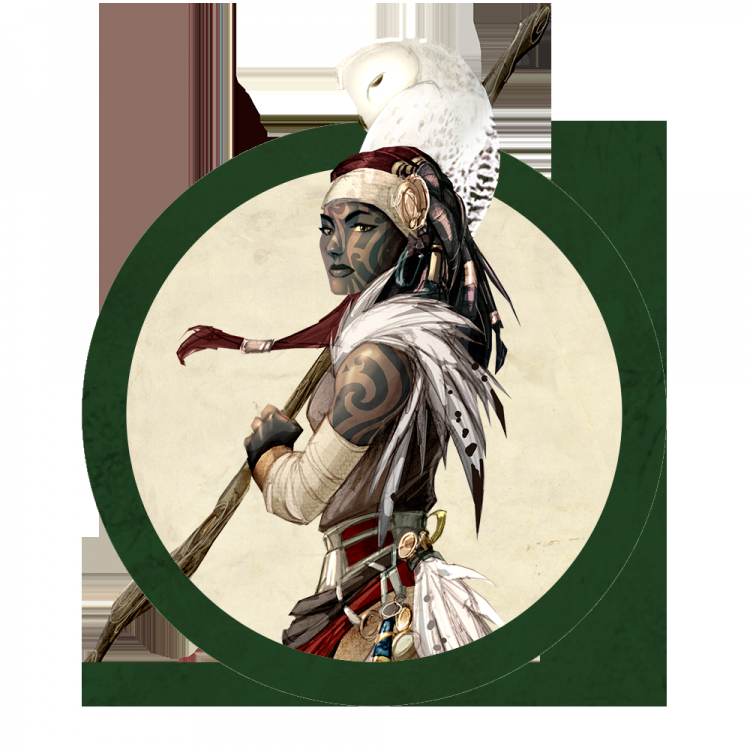
Major guild: The Hunter’s
The Falconer’s guild is similar in play style to it’s major guild, both like to keep enemies at a distance and fire long range attacks at them until they are weak enough to dive on. Very fast moving guild that thrives on controlling the pace of the game through consistent long range GIANT BIRD ATTACKS.
THE NAVIGATOR’S GUILD

Major guild: The Fishermen’s guild
Did someone say GIANT BIRDS? The Navigator’s are the most reliable guild in the game because they get to re-roll all attacks and kicks. This means their worst player is basically almost as good as some others best players. They are focused on goal scoring and early game play. The navigator’s are not a guild that can sustain any kind of serious hits, they simply are not built to stick around. If you are looking for very aggressive reliable goal focused play, this is almost certainly the guild for you.
THE FIRST ORDER OF SOLTHECIUS
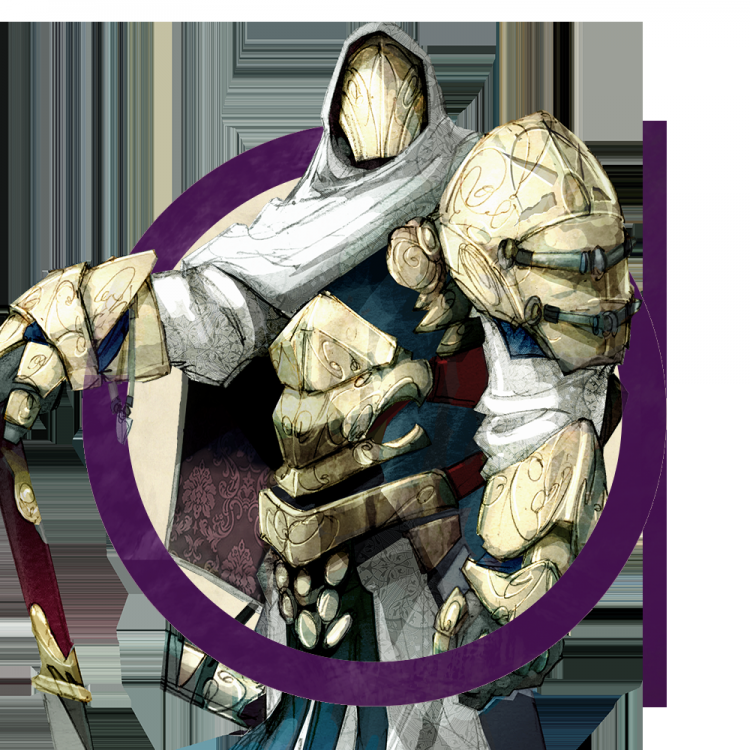
Major guild: The Union
The Order is a team that relies on strong goal scoring with back-line tanky anchors. They are one of the slower goal scoring focused teams but they bring a lot more durability than these teams which makes them feel unique and rewarding to field.
THE COOK’S GUILD
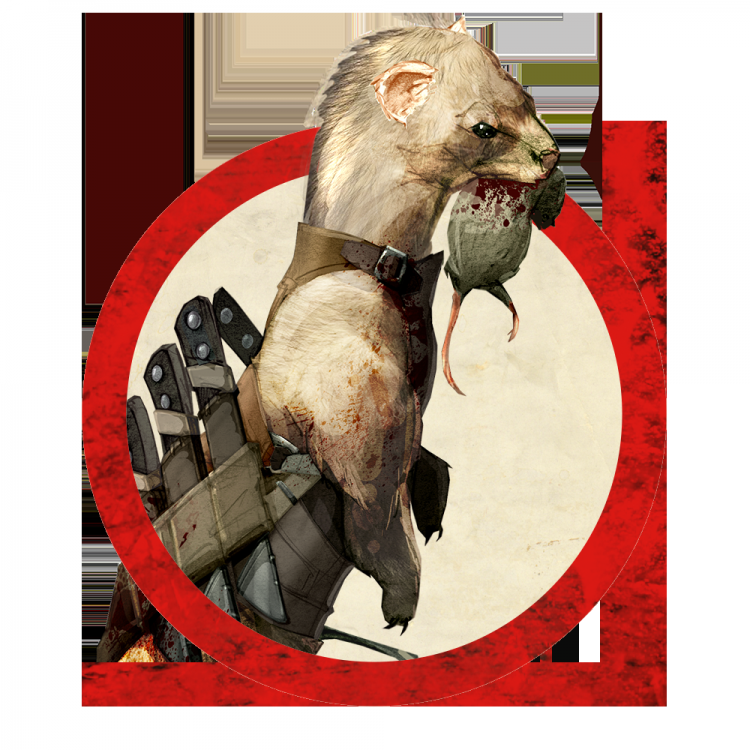
Major guild: The Butcher’s guild
The Cook’s guild is the glasscannon team, They are the red deck of guild ball. These people are out for blood plain and simple. The cook’s have extremely high damage output combined with extremely good speed and almost no defense. This makes this guild a very strong and sometimes overwhelming early game guild.
THE MINER’S GUILD
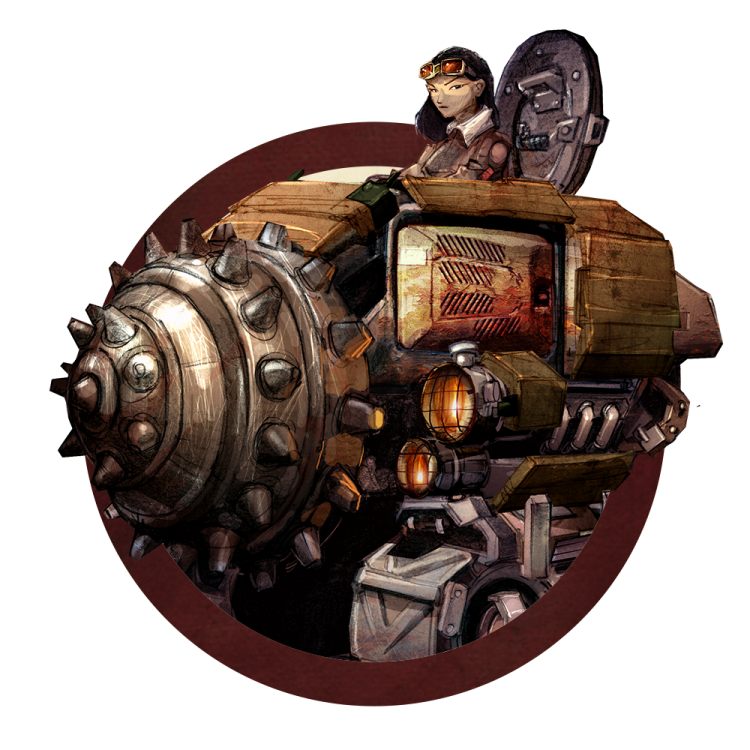
Major guild: The Engineer’s guild
The Miner’s guild is focused on goal scoring and positioning, they make use of their special trait which allows them to reposition 2 inches at the start of their players turn. Movement is critical in table top sport and war-games a like so this really opens up some crazy things you can do with them. They come with some solid defensive stats to back up their positioning which makes for another unique playing experience.
THE SHEPHERD’S GUILD

Major guild: The Farmer’s guild
The Shepherd’s guild are the new kids on the block and with Covid-19 its tough to really tell where this guild sits. They have an absurd amount of push’s and knockdowns which makes sense for a guild that walks around with a bunch of angry farm animals. They have the same basic rules as the farmer’s but they differ in a few key ways. They are a threat to score goals and have much less armor than the farmers, they also bring a special trait to the table which gives you bonus’s for every player that gets taken out which now forces your opponent to debate if taking out your player is even worth it. That’s a pretty powerful trait to be carrying around when used correctly.
Starting a game
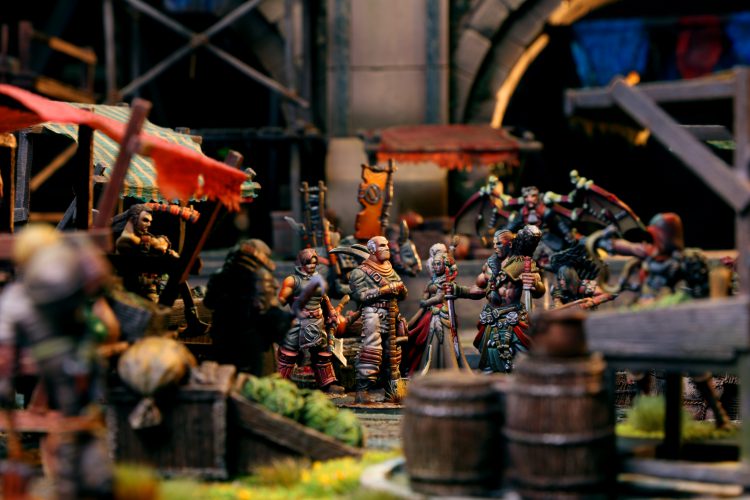
The game of Guild ball is played between 2 teams of 6 models to a total score of 12 victory points which are gained by either scoring goals (which earn you 4 VP) or by taking down enemy models (which earn you 2 VP). The game is played on a 3’x3′ table called the pitch. There are 4 phases of the game and a pre-game.
Pre-game set-up
The pre-game is where you do all your house keeping and make sure both players are on the same page with terrain. There is a defined series of events that occur which can be found in the core rule book(which again is FREE).
- Define and agree on terrain.
- Deal seven game plan cards to each player face down.
- Each player discards two game plan cards face down and retains five.
- Each player makes a starting roll of 1D6. The player with the higher roll chooses whether to be the kicking player or the receiving player.
- The kicking player chooses a table edge and positions their goalpost.
- The kicking player completely deploys their team.
- The kicking player gives possession of the ball to one of their models, this model is the kicker.
- The receiving player takes the opposite table edge and deploys their goalpost and team.
- The kicker performs a kick off . Determine the final landing spot of the kick off and apply the results.
- The receiving player automatically has the initiative for the first turn. The kicking player’s team gains 1 Momentum Point, and then the game begins.
- The game continues from the Maintenance Phase of the Normal Turn Sequence
Initiative Phase
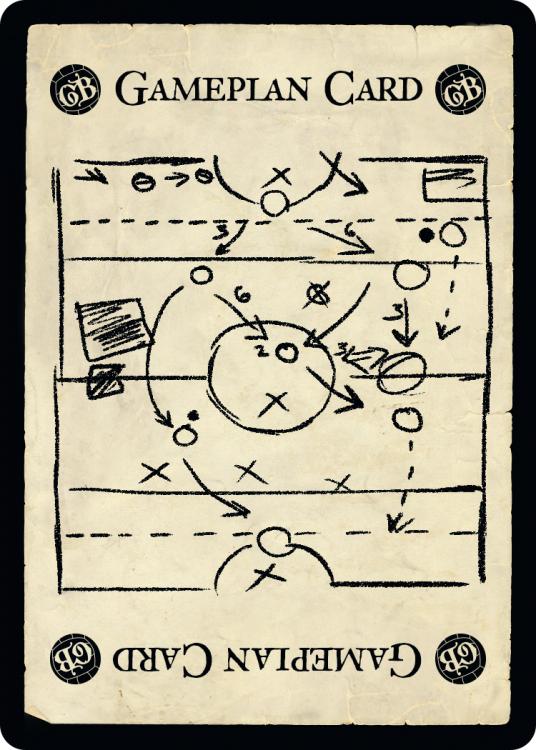
This is the first phase which is just to determine what game plan each player has chosen and who has initiative and who gets to activate any effects of their game plans. The player with the highest initiative will start the next phase first.
The maintenance phase
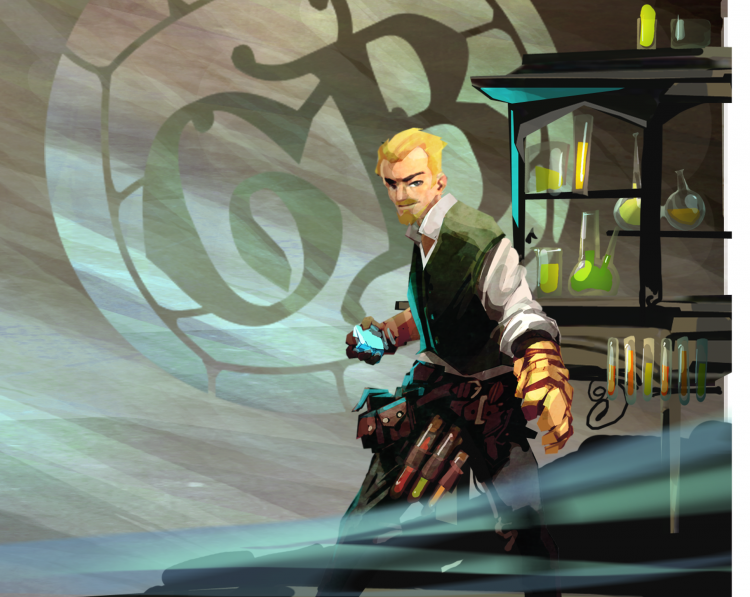
This is the phase that you bring your models back on the table and generate your influence. This is also the phase where decisions start being made, so for me this is where the game starts to get interesting. you now allocate your influence from your pool out to your players and
Activation Phase
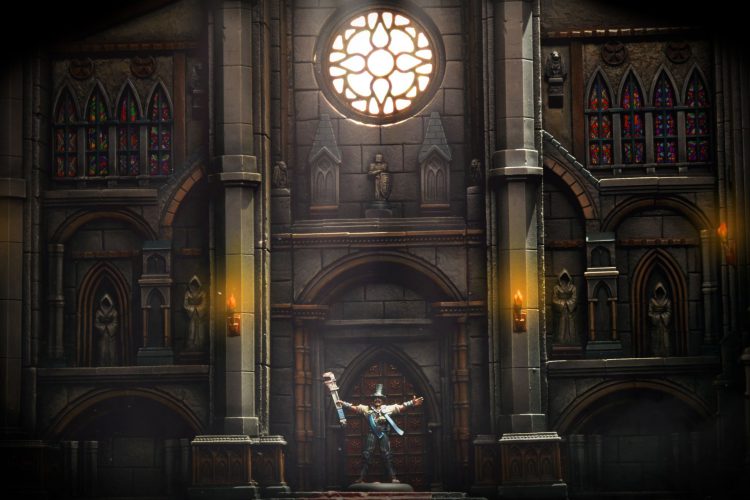
This is where the magic happens. The game comes to life, now starting with the player who has the highest initiative players go back and forth on choosing models to activate. Which means making lots of small and big choices such as if you move or advance or charge, along with basically every other possible action you can take in this game. The list is long as to the things that occur in this phase but they have basically combined the entire game into this single alternating activation phase. The decisions you make in this phase will make or break your game on the pitch. You activate models by spending the influence you allocated in the previous phase. I’m really over simplifying these phases here but I feel as though there’s not the same need to go deep here since the rules are free and located here: https://steamforged.com/resources/
The End Phase
This is where all effects and sustain effects are removed, and players deal with conditions, you toss away your current game plan and now you are ready to do this entire damn thing all over again. ON TO THE NEXT TURN BABY!
Why should you play Guild Ball?
While a game will typically take an hour or two to play, Guild Ball is snappy. Having to balance a soccer-esque sport with a game of tactical combat is both unique and engaging. You’ll have surprise wins because your opponent leaves a model floating alone for your Giant Bear player to maul, and see victory snatched from you because you were so focused on doing some murder that you left your goal wide open. Alternating activations keep the flow steady
- Barrier of entry is extremely low. Both with the price point of models, the free game aides and the free rule book and the fact that you only need 6 models
- The learning curve is not that high to start competing (much higher once you really look to hit the tournament scene)
- The game balance is probably the best its ever been between guilds
- the seasons system and constant FAQ’s keep the game evolving and fresh
- The lore is actually affected by what the players are doing. Steamforged games hold narrative events that determine what occurs next in the lore and season. Really cool idea A+
- Immense variety of ways to accomplish the same goal: dominate the pitch.
- Every guild feels dynamic and rewarding and somehow different from the others. There is a guild for everyone.
- Games are relatively quick (1-1.5 hours). Much less time investment is required to get a couple games in.
- Have we mentioned you can try it for free? There is a killer Vassal mod which makes online playing a breeze.
That’s the end for now folks, I really hope through this article your interest has been piqued. I will be back next time with part 2 in the series which will take a truly deep dive into how a player would start competing. the tactics and the more advanced ideas behind the game. This is a complex game if you peel away the surface and i intend to investigate it and explain it so all of us can learn to be better players on the pitch.
Thanks to Riley Tremblay a teammate of mine who spent time answering my many questions about this game
